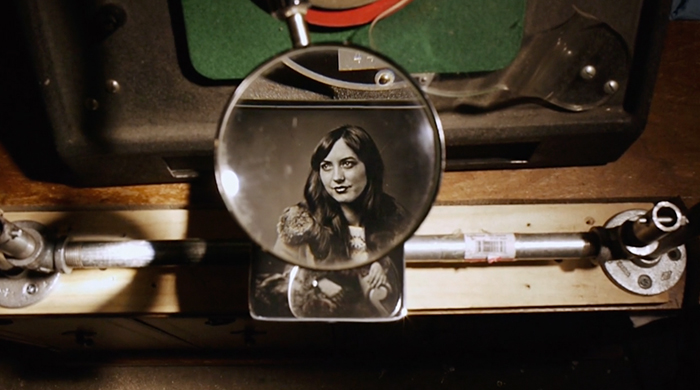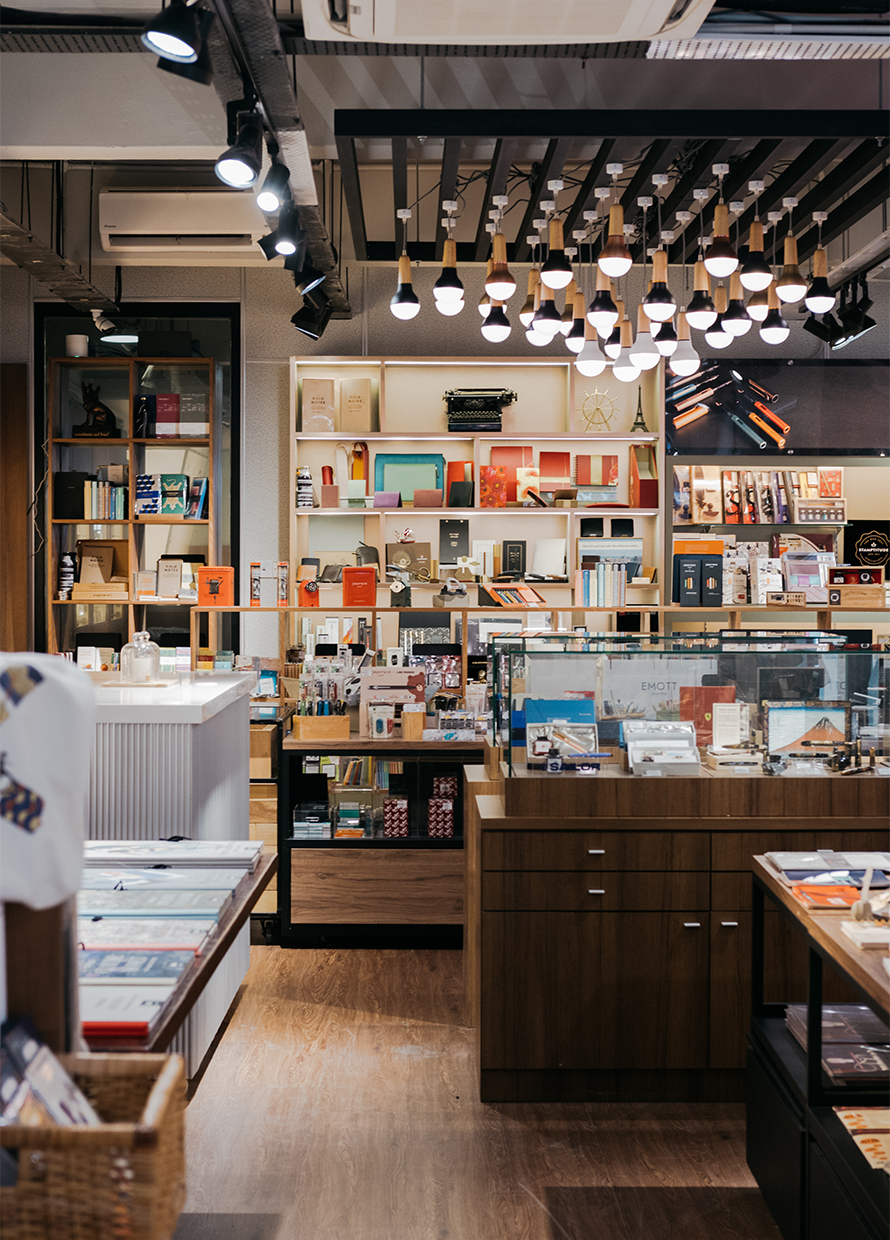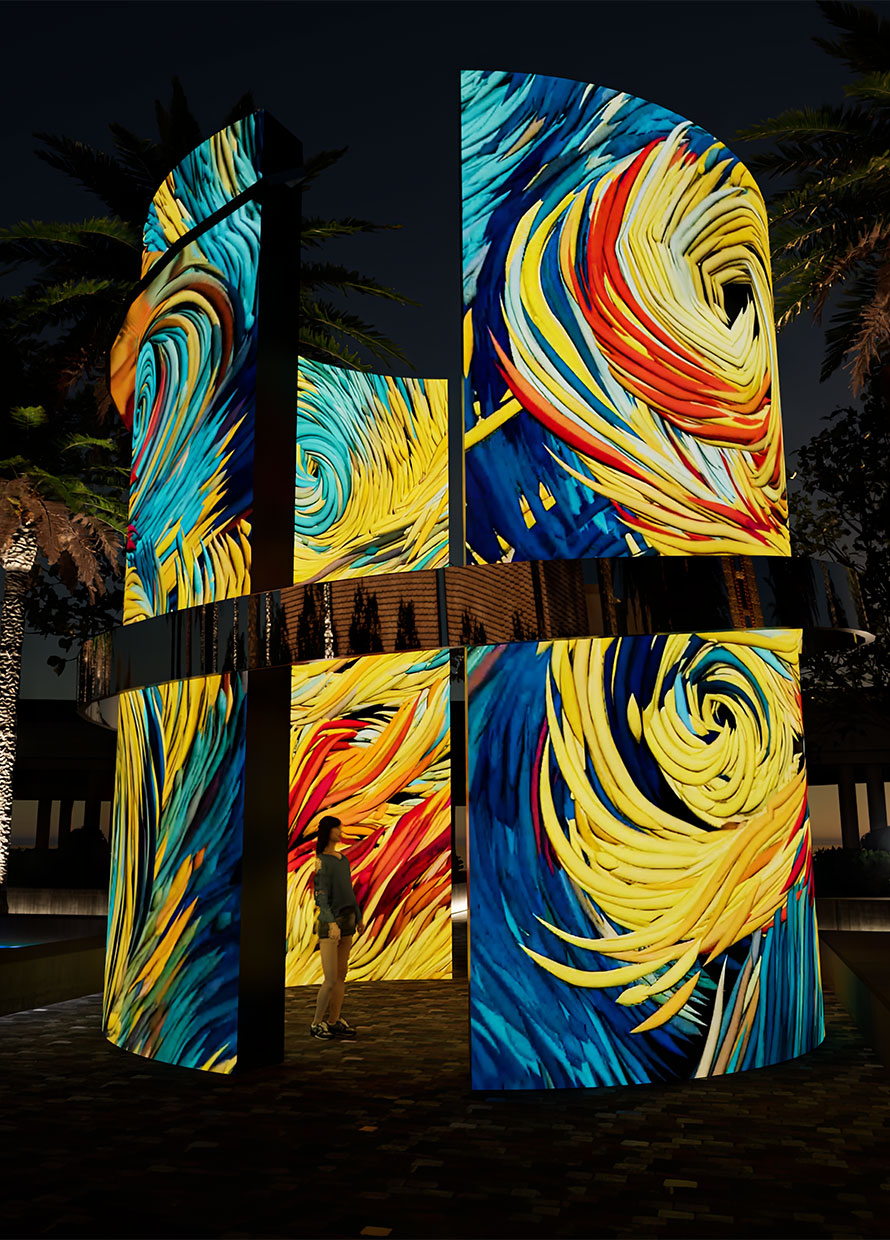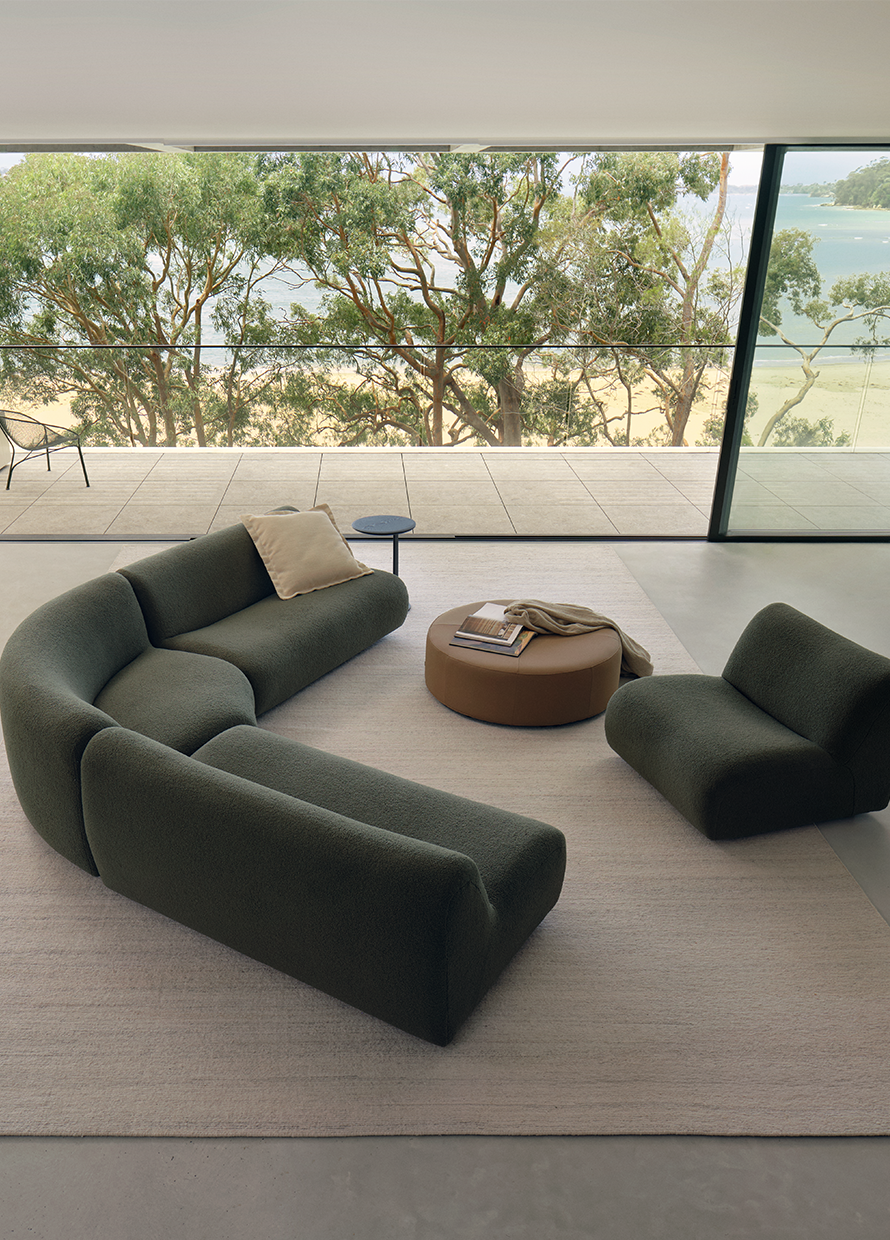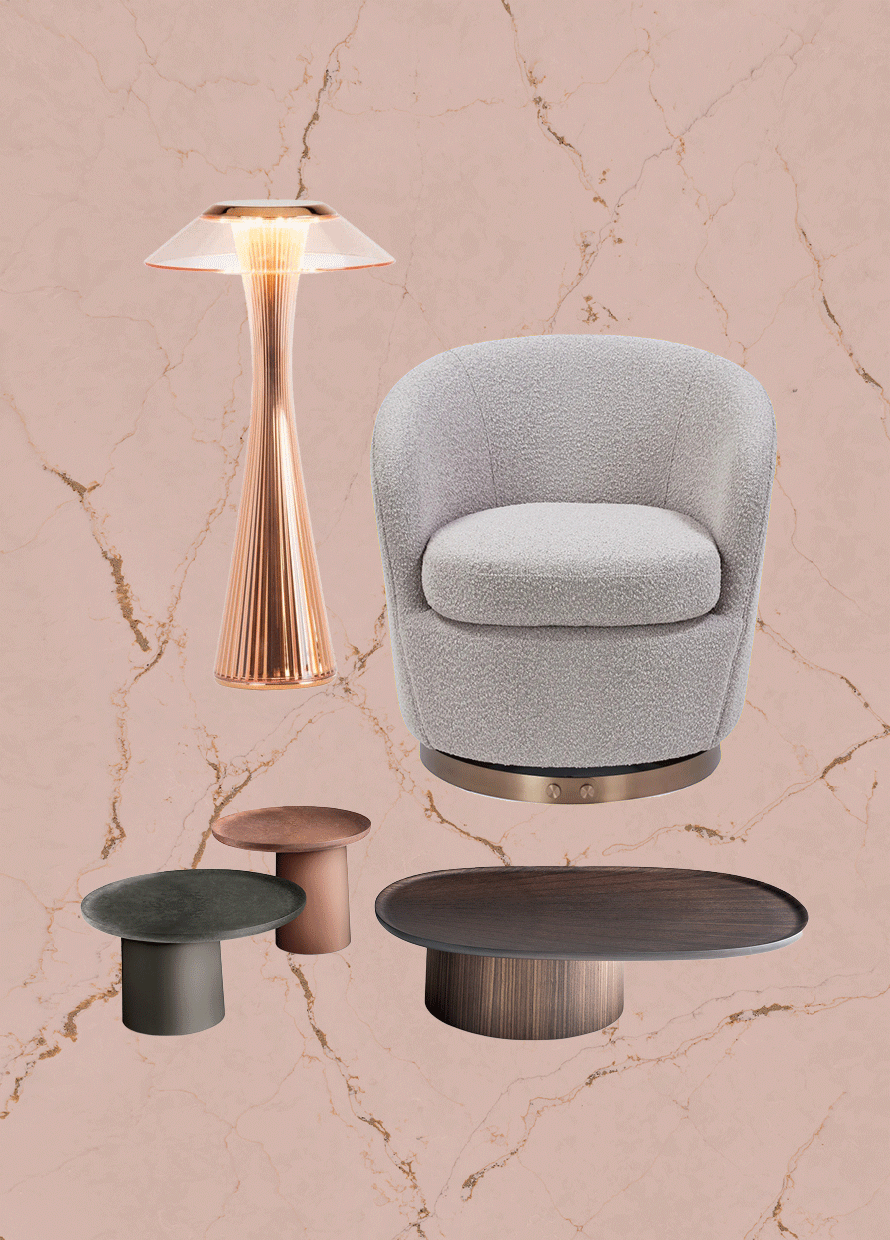We tend to take a lot of things for granted today. When it comes to photography in particular, the rapid advancement of technology has allowed us to take hundreds to millions of selfies and food shots each day without thinking twice about the background of photography. And we aren’t quite to blame either; every few months it seems that the photography world and its brands constantly announce new advancements or additions to their photography tools – higher definition, instant editing, digital lenses and filters, and everything under the sun that makes snapping away much like a second nature to humankind.
But back when it all started, photography was more than just framing your perfect Instagram post, or taking a million shots of the same subject in order to get the perfect shot. Mastering the art of photography wasn’t just about composition – it was about creating a tangible image (if you’re over 20 years old, you may remember running to Kodak to get your film rolls developed). And in the early 1800s when the first photographic process was publicly announced, things were entirely different.
It was then that an immense amount of careful processes were involved without the aid of machines. Various chemicals and materials that were potentially harmful, were used to bring a photograph to life. Known as the daguerreotype, the first photographs were presented in the form of a beautiful polished sheet of silver-plated copper with a mirror finish. The sheet would be treated with fumes that allowed its surface to become light-sensitive and thus capture an image.
Invented by French artist and photographer Louis Daguerre in in 1839, the daguerreotype was unlike any other modern-day photograph. An image that seems to delicately float just over the surface of its metal sheet, the daguerreotype and its creation marks an understated historic mark in the world of art and photography.
In this video below, Seattle-based photographer Daniel Carrillo talks about the beauty of the antique method of creating daguerreotypes, and the care and beauty that goes into it that no modern-day digital camera can ever produce.
Dan Carrillo: Daclotype from Patrick Richardson Wright on Vimeo.
| SHARE THE STORY | |
| Explore More |
